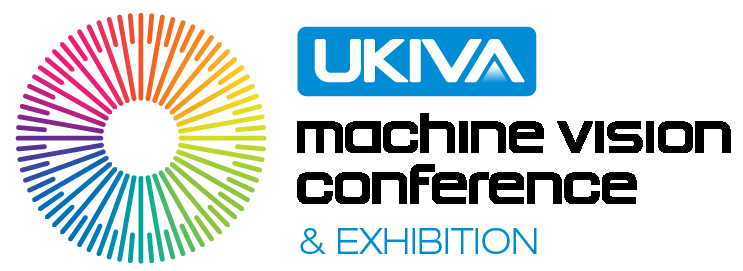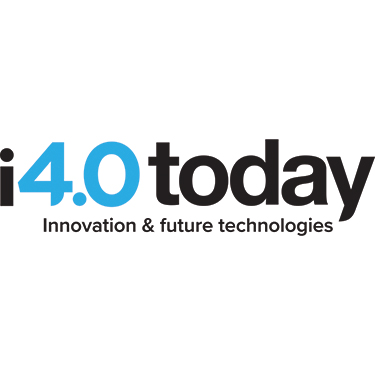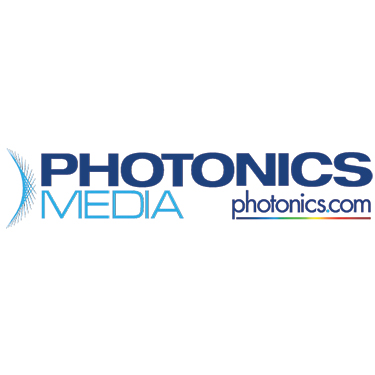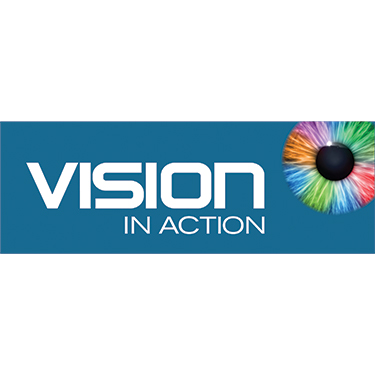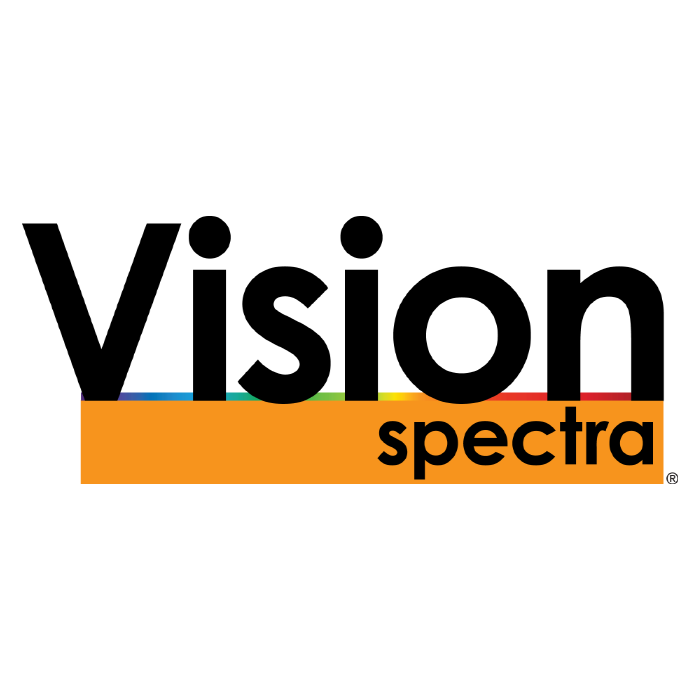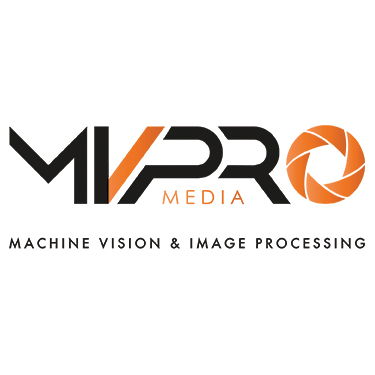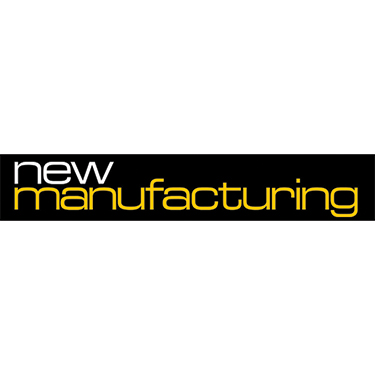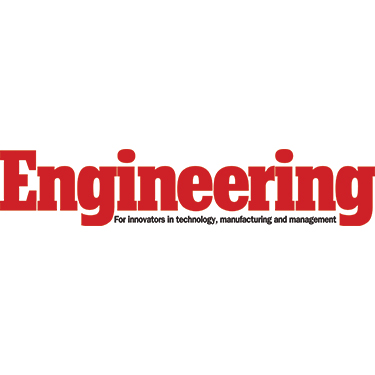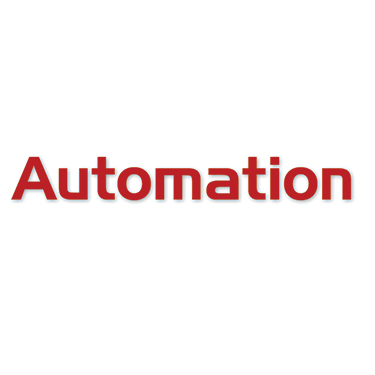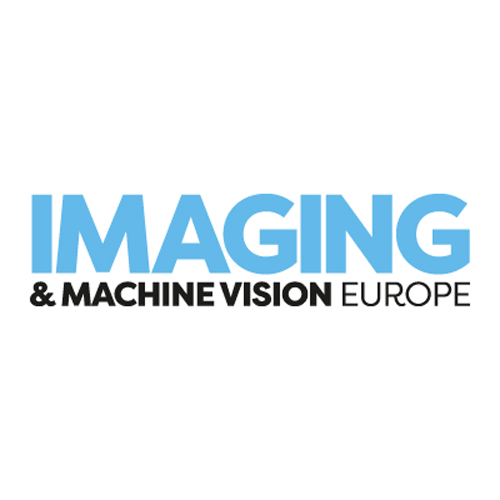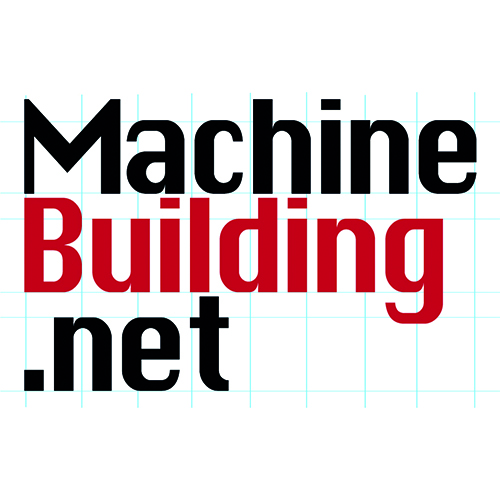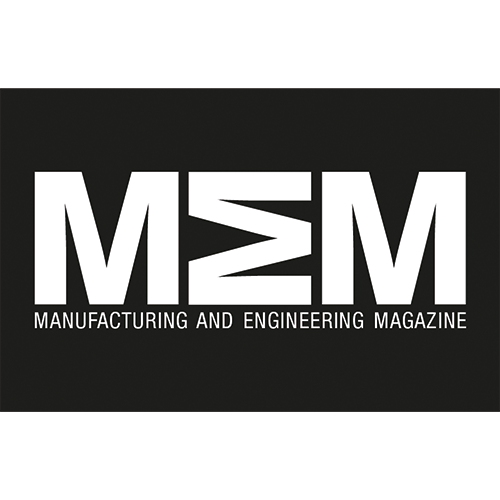Medical Diagnostics
Cameras are used in many areas in the medical diagnostics field, for example on optical microscopes used in diagnostic laboratories, blood analysers, endoscopes used for internal examinations and general imaging in the operating theatre. 3D imaging is used in many orthopaedic investigations. In recent years, the development of small, high resolution cameras including board level cameras using low cost consumer interfaces has helped medical OEMs create even higher performance medical imaging systems.


Away from the medical centre
These compact cameras offer excellent performance with lower noise and high resolution. Connection to analysis processors is often through consumer interfaces such as USB2 and USB3. This has also allowed the development of equipment that is portable and affordable enough to be used away from a hospital or medical centre. This includes equipment for dermatology or diagnostic and cosmetic skin analysis, live blood analysis and ophthalmology. In addition, there has also been a move towards the use of embedded systems which makes the equipment even lower cost and more portable. In the developing world, for example, people are now able to have examinations, screening, diagnosis (and even treatment) in the field where none were possible before. In fact the equipment can be used in any remote area where it was too difficult or expensive for the patient to get to the hospital.
On the high street
There are also many examples of these types of camera being used in routine healthcare environments that might be found on any high
street, such as the dentist or optician. Cameras on flexible probes allow dentists to keep records of patients’ teeth over time to see if any changes
have taken place between appointments. For spectacle wearers, routine eye inspections utilise these type of cameras. In addition they are used
to in table-top systems to measure the position of an individual’s eyes in a new spectacle frame for accurate positioning of the lens – especially important for varifocal lenses.
